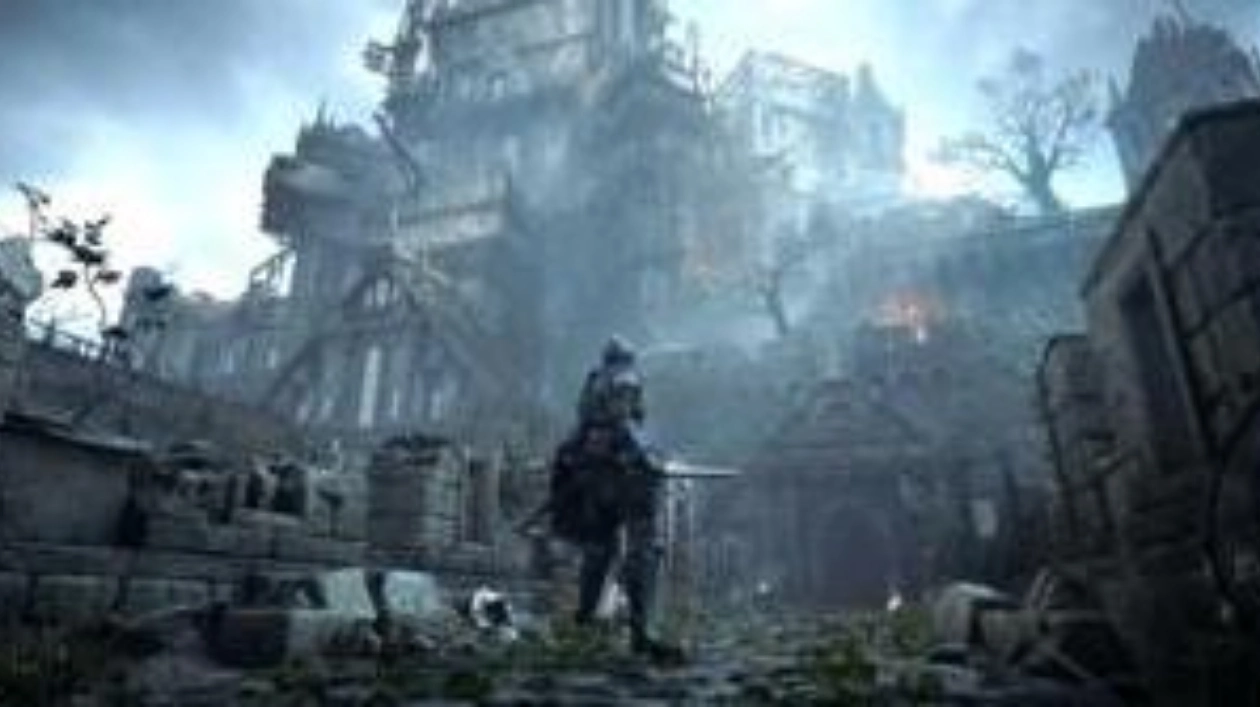Demon's Souls marked its 15th anniversary on October 6, 2024. Here, we delve into how the pioneering Soulslike game carved an unyielding path for others to follow.
From Software enthusiasts who have navigated the fiery trials of Elden Ring and the Dark Souls series are well-acquainted with the roots of the souls-like genre. Characterized by distinct elements such as 'bonfire'-style checkpoints, stamina meters, and formidable bosses, this gaming style has surged in popularity over the past decade. These design principles have solidified into steadfast rules that games like Lies of P seem to fully adopt. However, examining the inaugural entry in the Souls series, the groundbreaking Demon's Souls, reveals a game that defies many assumptions newer games take for granted. Instead, it incorporates numerous complex and hostile design concepts that not only challenge traditional notions of 'fun' but also the ideals of seamless gameplay and player empowerment that have increasingly permeated the souls-like genre in recent years. The harsh edges of Demon's Souls (and to a lesser extent, Dark Souls) are integral to the series' success, alongside its gratifying combat and captivating lore. It remains intriguing to speculate whether From Soft will revisit this mindset in the coming years.
Demon's Souls unabashedly showcases its unyielding nature: Its introductory tutorial thrusts players into a daunting boss battle against a colossal adversary who (almost certainly) trounces them, halving their health bar with no immediate chance for a rematch. Among Demon's Souls' many idiosyncrasies, the distinction between 'Human Form' and half-health 'Soul Form' is perhaps the most renowned, serving as a foundational concept for the game. However, as many players discovered firsthand in Bluepoint's 2020 PS5 remake, this is merely the tip of the iceberg.
It's easy to cite the notorious 'Character Tendency' and 'Level Tendency' systems in Demon's Souls as prime examples of these harsh edges. These systems, ostensibly designed to reflect the player character's moral stance, operate within a spectrum from 'pure white' to 'pure black,' with numerous shades in between. Governed by a set of perplexing rules that even seasoned players struggle to recall, these largely invisible markers significantly impact various aspects of the gameplay. For instance, worlds leaning towards a white tendency feature weakened enemies, and players deal more damage, whereas blackened enemies are tougher and yield more Souls. The most frustrating aspect of these dual mechanics is that their effects are not peripheral; several of Demon's Souls' best quests, NPCs, and weapons are locked behind Tendency gates and events. This compels players to pay close attention to these cryptic indicators and experiment to uncover more about them. For example, impassable gates with enticing loot behind them often vanish at extreme Tendencies, revealing new paths to explore. Each level has a special NPC who manifests at both ends of the spectrum in different forms, offering distinct rewards for each.
While modern players often rely on wikis and guides to navigate these unique elements, it's crucial to remember that those who first played Demon's Souls had no such resources. If you sought the formidable Dragon Bone Smasher that an invader once used to defeat you, a poorly translated Japanese guide might hint that you need pure white World Tendency in a specific level, but the method to achieve this was a matter of conflicting rumors and hearsay. (For those lacking the patience to decipher this, the original PS3 Demon's Souls occasionally set World Tendencies a certain way for holidays like Christmas and Halloween, but such opportunities were scarce.) Beyond Tendency, Demon's Souls' unforgiving nature permeates almost every aspect of its design, including seemingly minor details. It's the only game in the Souls series to feature an item-encumbrance system, and if you inadvertently pick up loot you can't carry, you'll need to drop items from your inventory to make space—those dropped items despawn after you leave and can be lost forever. (Thankfully, this was rectified in the remake.) The game's lengthy levels offer few shortcuts and long boss run-backs, making every death a significant time investment.
Examples of this player-hostile design are abundant in the original Dark Souls. That game's intricate Humanity system can be seen as a successor to the utterly perplexing Tendency concepts of its predecessor, and the dreaded basilisk's curse in Blighttown cruelly halves your HP. (The original version of this mechanic was even more devious, as curses could stack, repeatedly halving your HP until a single swipe from a skeleton could be fatal. This was eventually patched out.) Even Dark Souls 2's perplexing Bonfire Ascetic system and limited enemy respawns reflect the delightfully inscrutable and indifferent design ethos of Demon's Souls to some extent, but that's arguably where that approach begins to wane. By contrast, Elden Ring's expansive world is filled with secrets to uncover and lore to analyze, but it rarely challenges players to truly figure things out for themselves beyond basic environmental puzzles. Yes, From Soft's latest games are harder than ever, but their vision of difficulty has fundamentally evolved over the years. Where Dark Souls once challenged players to navigate a fragmented world beyond their comprehension—including in terms of game mechanics—Elden Ring introduces barrel-rolling light-show superbosses that require hours to master.
Demon's Souls is not universally appealing. Like many innovative games, it sacrifices broad appeal for an experience that is equally baffling, endearing, and clunky. As the prototype for a distinct gaming style that has gradually solidified into its own subgenre, it feels oddly foreign to those who have played many souls-likes that adhere to the seemingly sacrosanct Dark Souls formula. Given From Software's growth in both size and audience over the years, it seems challenging for the studio to recapture the experimental approach that yielded its greatest success. However, when examining the trajectory of the studio's games, such a shift appears inevitable. It's hard to envision a Souls-style game with a more expansive world than The Lands Between or a more formidable boss than the final foe of Shadow of the Erdtree, but you certainly can't prevent it from trying. To uphold its legacy as one of the greatest developers in gaming, From Software's next endeavor must be something that challenges in entirely new ways; in this regard, it will continue the true legacy of Demon's Souls, the game that started it all.






